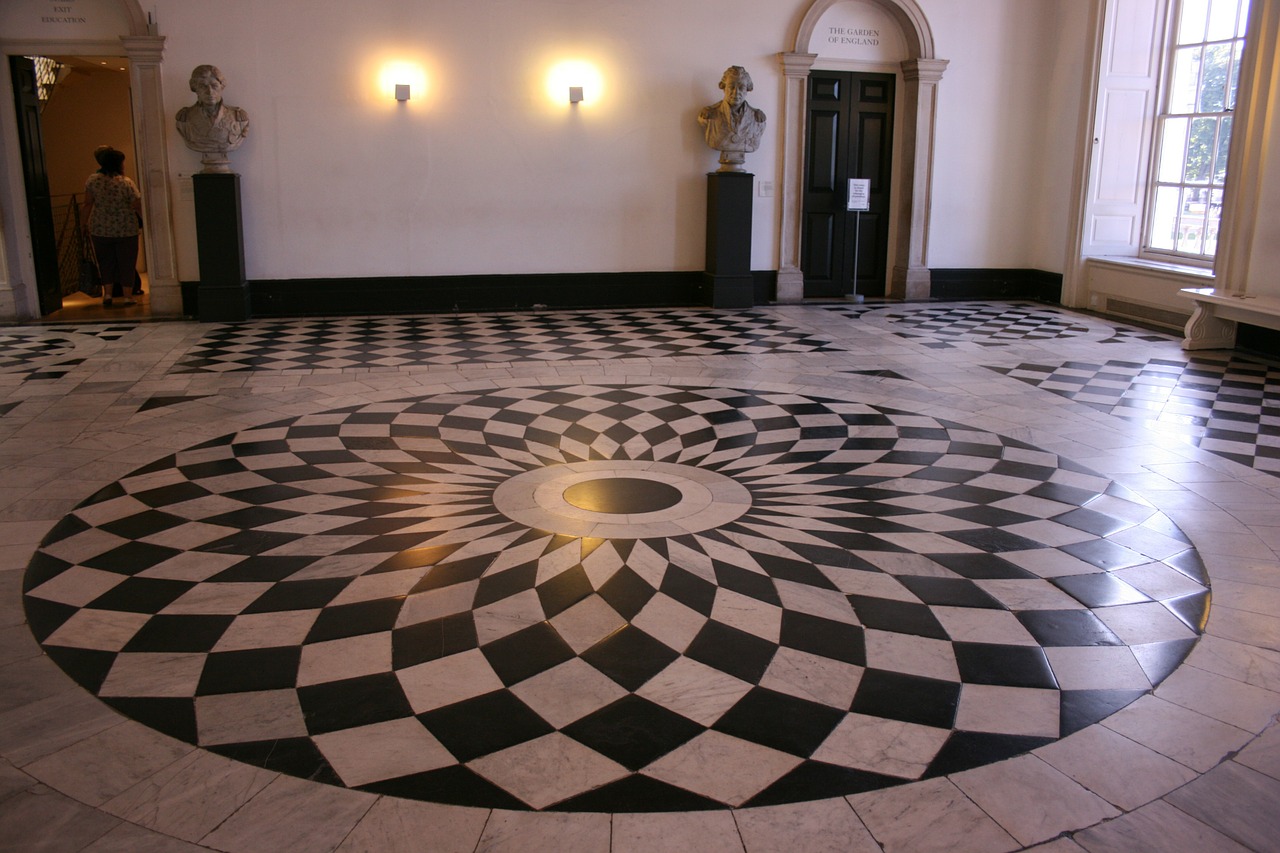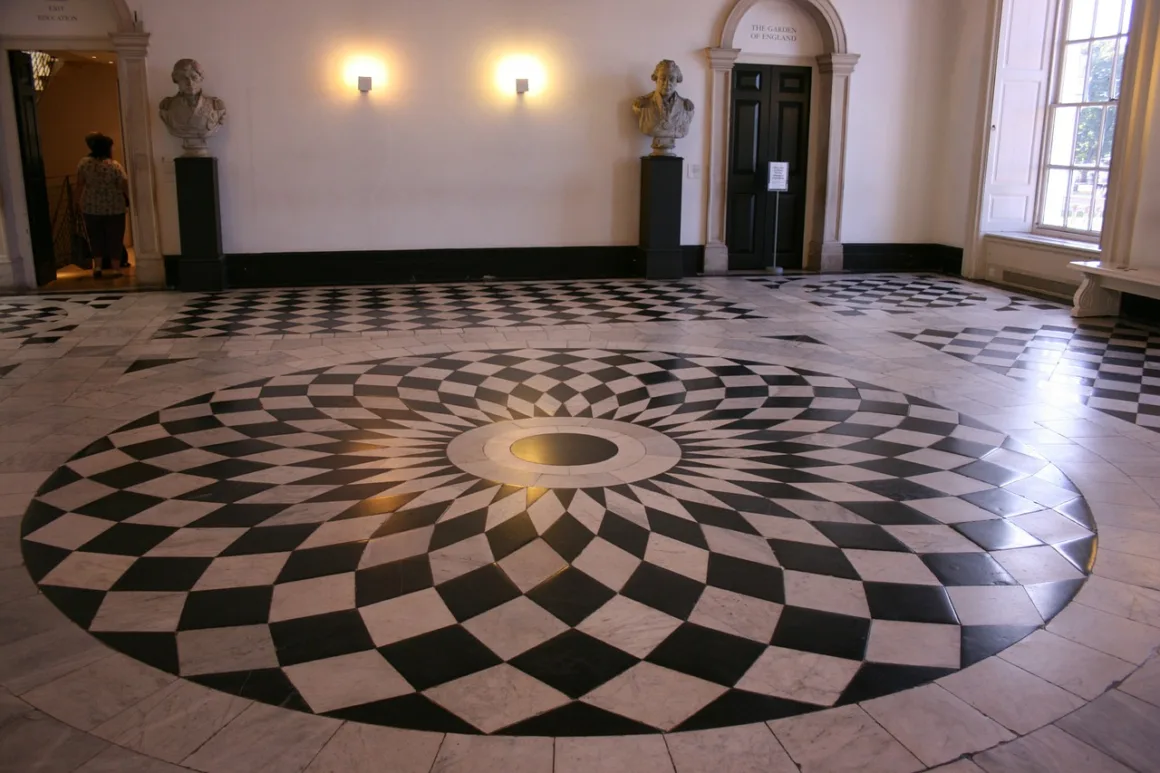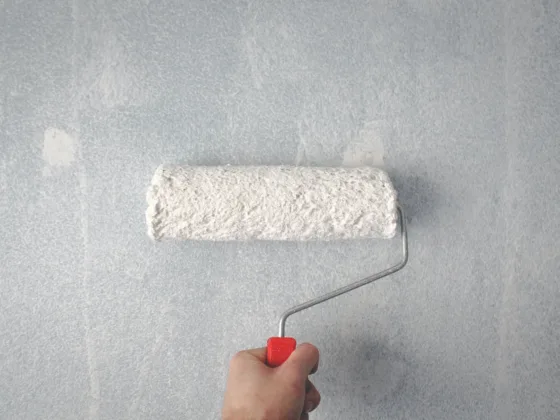With the growing popularity of laminated flooring every day, many ask whether to choose hardwood or laminated. This is not an easy question to answer.
Many people use laminated flooring without any problems. Others prefer to be easy to deal with scratches and dents on wooden floors.
Floor shop in According, laminate flooring is normally configured with a high-density fiberboard core, of melamine laminate lining, wood, stone or high-quality photographic paper of which the image of the other natural flooring, and between the melamine laminate top It is sandwiched between.
There are several new hybrid products that replace photographic paper with very thin slices of real wooden veneer.

Advertising
Both hardwood and laminated flooring have their advantages and disadvantages. Hardwood floors can be scratched, but scratches are easy to repair. If the laminated floor is scratched or torn, it cannot be easily repaired.
The same is not true for laminated floors if hardwood floors can be polished to remove imperfections. Laminate flooring companies create touch-up kits and tip repair kits and offer board replacement.
However, for hardwoods, polishing with simple light sandpaper may work. Pets to have the case, or if a lot of scratches and abrasions on the future of the floor are expected, it’s likely that hardwood is more suitable than laminate.
One of the benefits of laminating over hardwoods is that the laminated flooring does not turn yellow or fade due to sunlight or other factors. Most stained glass flooring changes color over time.
However, unlike laminates, flooring can always be restored to its original beauty. Laminated floors, on the other hand, do not require wax or polish.
Read Also:
Both hardwood floors and laminates can be affected by excessive moisture, but only laminate flooring can really withstand being placed in the kitchen or bathroom.
Humid rooms are not ideal for hardwoods. Finally, a special pad is needed under the laminated floor to reduce the possibility of floor noise. Contact carpettogo.com for professional advice about hardwood floors and laminated floors.
Ultimately, the decision to use hardwood flooring or laminated flooring is best made by considering what best suits your individual needs.
Hardwood floors after terrible flood damage in most cases, need to be replaced. Follow these steps to check the subfloor under the hardwood floor for damage, repair and replace sections of the subfloor if necessary, and then replace the hardwood floor.
Step 1: Examine all flooded hardwood floor rooms to assess the depth of damage. Where the board pops out, cracks, or cracks, it may indicate underfloor damage.
Replace hardwood floor
If you live in a humid place, cure the new flooring to match the humidity of the air before installing. Please check the subfloor thoroughly before you start installing hardwoods.
Look for nails or staplers that stick out from under the floor and submerge them under the water. If this room is above a concrete basement, lay an acoustic underlay foam as a sound barrier.
Start putting hardwood boards on the straightest walls. Place a 1/4 inch spacer between the first plank and the wall, leaving space for the skirting board.
Snap the chalk line across the subfloor to straighten the baseline of all planks. Use finishing nails to secure the first plank to the subfloor with its grooves facing the wall.
Nail the subsequent planks with a flooring nailer. Layout the hardwoods so that the edges of the boards are offset by at least 3 inches in adjacent rows. Reinstall the old baseboard or purchase a new baseboard trim if the baseboard is also damaged by water.
Besides the main stains on standard flooring, there are many techniques and decoration options. Almost everything you can imagine can be done on hardwood floors.
Them the pickle can be you; it is wood in whitewashed is a technology that to be visible. Alternatively, you can make the wood antique to make the floor look old. Other decoration options include:
Borders
This is one of the most common decoration options. In this technique, the main area of the floor is one type or color of wood and is bordered by another type or color of the wood.
Inlay
This decorative art is centuries old. It often involves using different pieces of wood of different colors to make a design on the floor. Inlays can be purchased or custom designed.
Medallions
These designs are inlaid forms used in many historic homes and castles.
You might want to think about endless design possibilities, but if you use DIY options, you should probably leave the flashy to the experts. These techniques are best performed by professionals.










